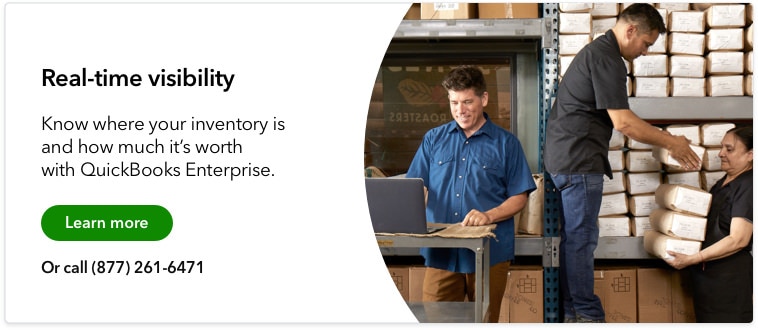Merchandise planning is a crucial strategy for dealing with the unpredictability of today’s retail environment. Whether a supply chain issue or overstock, not having the inventory your customers want means losing out on revenue.
Let’s first examine what merchandise planning is, and then we’ll study how successful companies do it so you can leverage it for your success.
What is merchandise planning?
Merchandise planning enables a company to have the product customers want when they want it. While many industries can use merchandise planning, each has different considerations.
How a grocery store goes about planning is different from a clothing retailer. However, the fundamentals of merchandise planning can be used across various retail businesses.
Assortment vs. merchandise planning: What’s the difference?
Let’s talk for a moment about assortment and merchandise planning. While they sound the same, there are a few differences.
Merchandise planning is a high-level overview of your plan for the upcoming season. It involves using data from the previous season and current trend analysis to determine budgeting, timing, and allocation for the coming sales cycle.
Assortment planning involves determining the correct merchandise mix of sizes, colors, and variations of products to order. It also deals more specifically with allocating inventory, including when and where to sell specific products.
Assortment planning and merchandise planning are often used interchangeably, but they are different, so be conscious of how you use them with your team.
Why is merchandise planning important?
Merchandise planning is crucial because it helps you identify and acquire the merchandise that is likely to sell, preventing your items from turning into dead stock inventory. Dead stock often leads to markdowns at the end of the season to clear it from your locations, which could lead to decreased profitability.
There are many benefits to effective merchandise planning, here are a few of the biggest ones that keep your inventory costs low and margins high.
Decreased inventory carrying costs
The longer inventory is in your warehouse or stuck in stock, the higher your inventory carrying costs are. These can include everything from warehousing storage costs to labor costs to inventory spoilage.
Decreased overstocking
Overstocking merchandise can reduce your profit margins in the form of decreased sales prices to get products out the door. There is also an opportunity cost to overstocking, as acquiring too much of one SKU can sometimes preclude stocking enough of a more in-demand SKU.
Increased sales and happy customers
Customers can be fickle, especially when the one product they’re looking for isn’t in stock. This can change a customer’s perception of your brand for the worse, resulting in lost future sales. Retail merchandise planning leads to more satisfied customers and further proves that having the right product at the right time is one the key benefits of merchandise planning.
The merchandise planning process
Here are the four basic steps of the merchandise planning process:
Step 1: Analyze past sales performance
The first step in any merchandise planning is analyzing past sales performance. Any merchandise plan should include reviewing your past sales performance based on an established timeframe.
Step 2: Forecast sales
Past performance data informs your sales forecasting for the coming season. This should include estimates for specific departments and product types. Forecasting should also include any current data on trends that might impact sales for the coming season, including inventory forecasting.
Step 3: Plan and execute
With your analysis and forecasting completed, you should have a clear picture showing what you’ll need to order, including how many SKUs each product has, what warehouse or location it should be shipped to, and more.
QuickBooks Enterprise includes automated inventory forecasting, which calculates which items need to be restocked and generates purchase orders with one click.
Step 4: Monitor sales and inventory levels
In today’s fast-paced fulfillment environment, you need to be able to track your inventory in real-time and reduce errors and shipping delays.
With QuickBooks Enterprise, you can see how many items are on hand at every location, as well as your reorder point. This enables you to order the proper inventory while avoiding stock-outs or spoilage.
Challenges of effective merchandise planning
As with any type of forecasting, there are inherent challenges to accurate predictions with merchandise planning. First, let’s tackle some universal challenges that any business faces with merchandise planning, and then get into more challenges that are more specific to certain circumstances.
Universal challenges to merchandise planning
Putting too much faith into historical data
The last few years have taught us that what was true six months ago, may no longer be true today. As a result, it can be easy to fall into the trap of relying too heavily on historical sales data when making a plan. Don’t forget to also take into account current market demands and trends when in the midst of the planning process.
Not finding the right merchandise mix
It can be easy to overestimate or underestimate inventory specifics during the planning process. How many large black t-shirts do you really need? One way to combat this is to use a formula called open to buy.
Open to buy is a formula that helps you to create a budget for specific merchandise by analyzing your beginning of the month and end of the month inventory levels, projected sales and possible markdowns. By using open to buy, you’ll be able to determine a budget that will keep you well-stocked, without overstocking and causing possible cashflow issues.
Situation-specific challenges to merchandise planning
International demand
If you’re a company with a strong international brand, you’ll need different planning metrics and a different strategy for international markets. Data will still be important, but any assumptions you’ve made about your domestic markets will likely not translate to international ones.
Balancing online and offline demand
Businesses with ecommerce and physical retail stores often find themselves faced with a different type of challenge — allocating the right amount of inventory to both. It can be frustrating for an in-store shopper to find out the product he wants is stuck in a warehouse on the opposite side of the country.
As a result, merchandise planning for online and offline will rely heavily on omnichannel strategies. Primarily, this means having a centralized inventory system that makes it easy for customers to know when and where they can find the product they want.
How QuickBooks helps you with merchandise planning
Because merchandise planning relies so much on data,, working with a best-in-class solution like QuickBooks Enterprise can make the life of a merchandise planner much easier.
QuickBooks Enterprise helps you manage your inventory with tracking tools and reporting that easily pulls the data you need to develop merchandise strategies that set you up for success. Since data and reporting are so important to merchandise planning, QuickBooks Enterprise works to provide the data you need in easily digestible, intuitive formats.
By using filters and specific criteria for your searches, you’ll be able to find the data you need through QuickBooks Enterprise’s user-friendly dashboard. That data can then be shared so that your team makes the right decisions about merchandise planning now and in the future.
Final thoughts
As supply chain issues continue to impact inventory levels across a variety of product categories, having a handle on the merchandise you need and when you need it will continue to position you and your business for lasting success.












